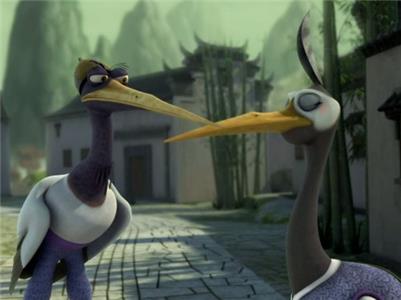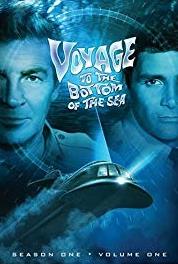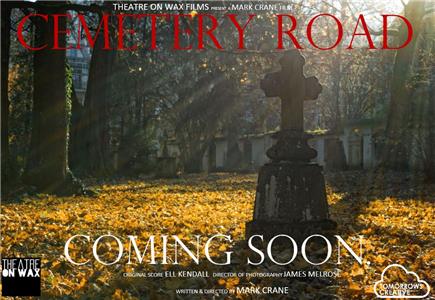Young gypsy girl Mary, is seduced by the immoral Robert Crane and abandoned. She is exiled from the gypsies and, along with her mother Zenda, known as "The Woman in Black," she vows revenge... See full summary
The Woman in Black (1914) Online

Young gypsy girl Mary, is seduced by the immoral Robert Crane and abandoned. She is exiled from the gypsies and, along with her mother Zenda, known as "The Woman in Black," she vows revenge. Meanwhile, Crane blackmails Stella Everett's father into forcing her to marry him, even though she loves Frank Mansfield, Crane's rival for a congressional seat. Frank wins, but Stella still faces the prospect of marriage to Crane until Zenda comes to her with a plan. On their wedding day, after the vows are recited, when Crane lifts the veil from his wife's face, he is shocked to discover, that his new bride is Mary. Now Stella and Frank are free to marry, and Zenda has gained her revenge.
| Cast overview: | |||
| Lionel Barrymore | - | Robert Crane | |
| Alan Hale | - | Frank Mansfield | |
| Mrs. Lawrence Marston | - | Zenda, The Woman in Black | |
| Marie Newton | - | Mary, the Gypsy Girl | |
| Millicent Evans | - | Stella Everett | |
| Charles Hill Mailes | - | Mr. Everett | |
| Hector V. Sarno | |||
| Jack Drumier | |||
| Frank Evans |




User reviews